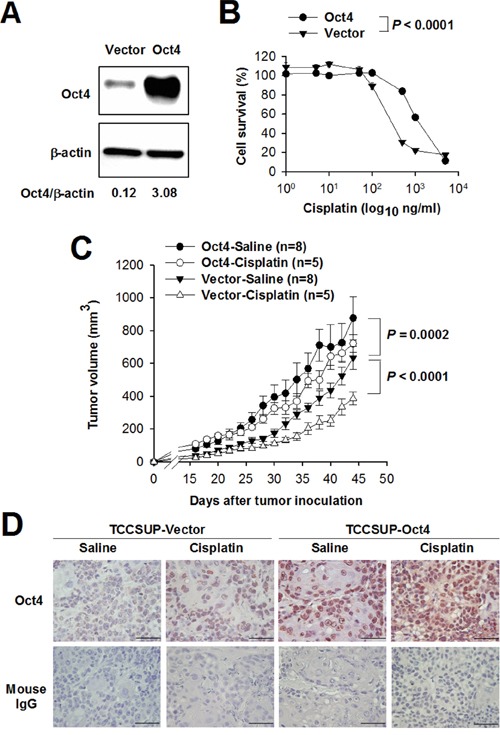Figure 4. Overexpression of Oct4 confers resistance to cisplatin in bladder cancer.

A. Detection of Oct4 in TCCSUP cells that had been transduced with lentiviral vectors expressing Oct4 or with control lentiviral vectors by immunoblotting. Expression of β-actin serves as the loading control. Ratios between the intensity of the bands corresponding to Oct4 and those corresponding to β-actin, which were quantitated by densitometry, were calculated. B. A five-fold increase in the IC50 value of cisplatin in Oct4-overexpressing cancer cells. Oct4-overexpressing TCCSUP or control cells were treated with various concentrations of cisplatin for 72 h. Cell viability was assessed by the WST-8 assay to determine the IC50 value. Values represent the relative cell survival, with the viability in the control cells without cisplatin treatment arbitrarily set to 100. Values shown are the mean ± SEM (n = 4). C. Tumor volumes in mice bearing Oct4-overexpressing or control TCCSUP tumors treated with cisplatin or saline. NOD/SCID mice were inoculated subcutaneously with Oct4-overexpressing or control TCCSUP cells (2 × 106) at day 0, followed by intraperitoneal injection of cisplatin (4 mg/kg) or saline when tumor volumes reached 100 mm3. Values shown are the mean ± SEM (n = 5-8). D. Immunohistochemical staining for Oct4 in the tumors excised at day 45 from the mice described in C (×400 magnification, scale bar, 50 μm). Negative control slides stained with isotype control mouse IgG were included.
